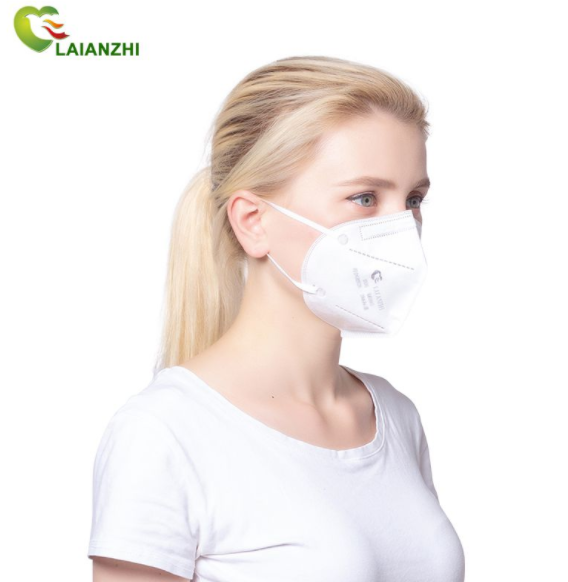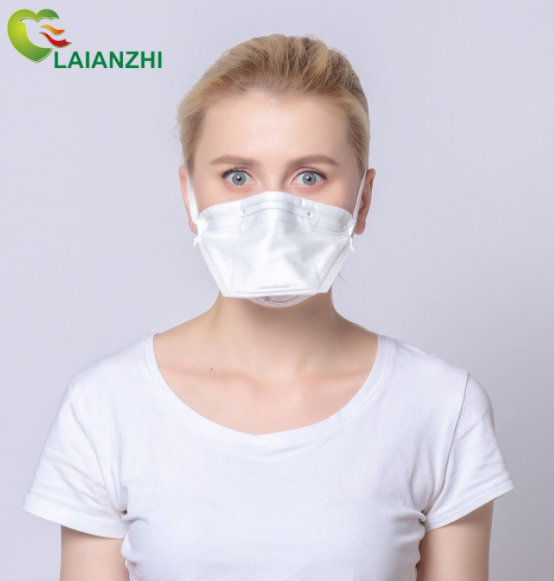What is The Difference Between FFP2 and FFP3 Face Masks?
Introduction
As the world grapples with ongoing health challenges, the importance of personal protective equipment (PPE), especially face masks, has become paramount. Among the array of options available, FFP2 and FFP3 face masks have emerged as key players in the defense against respiratory threats. This blog post aims to demystify the distinctions between FFP2 and FFP3 masks, shedding light on their respective features, applications, and the critical role they play in safeguarding public health.
Understanding the Basics
FFP Standards:
FFP, or Filtering Face Piece, refers to a set of European standards that dictate the efficiency of respiratory protective equipment. These standards categorize masks based on their ability to filter airborne particles and provide protection against various levels of hazardous substances.
Key Components:
Both FFP2 and FFP3 masks are composed of multiple layers of material designed to filter out particles. The key components include an outer layer for splash resistance, a filtration layer to capture particles, and an inner layer for comfort against the face.
Differentiating FFP2 and FFP3 Masks
1. Filtration Efficiency:
FFP2 masks are designed to filter at least 94% of airborne particles. This includes solid and liquid particles but excludes aerosols. They are effective in protecting against moderate levels of dust, as well as viruses and bacteria.

FFP3 Masks:
FFP3 masks offer a higher level of filtration, with a minimum efficiency of 99%. These masks provide superior protection against both solid and liquid aerosols, making them highly effective in environments where exposure to infectious agents or hazardous particles is a significant concern.

2. Maximum Permissible Leakage:
FFP2 Masks:
The maximum permissible leakage for FFP2 masks is 8%, meaning that up to 8% of inhaled air can bypass the mask's filtration system. While FFP2 masks provide a high level of protection, there is a slightly higher allowance for leakage compared to FFP3 masks.
FFP3 Masks:
FFP3 masks have a more stringent standard for maximum permissible leakage, allowing only 2% of inhaled air to bypass the mask's filtration. This results in a higher level of respiratory protection, especially in situations where minimizing exposure is critical.
3. Usage Scenarios:
FFP2 Masks:
FFP2 masks are suitable for environments where exposure to moderate levels of dust and aerosols is anticipated. They are commonly used in construction, manufacturing, and healthcare settings.
FFP3 Masks:
FFP3 masks are recommended for situations with a higher risk of exposure to hazardous particles or infectious agents. This includes healthcare settings dealing with contagious diseases, laboratories, and industrial environments where fine dust and aerosols are prevalent.
4. Fit Testing:
FFP2 Masks:
While a proper fit is essential for all masks, FFP2 masks may require less rigorous fit testing compared to FFP3 masks. Fit testing ensures that the mask forms a secure seal against the wearer's face, minimizing the risk of leakage.
FFP3 Masks:
FFP3 masks often require more comprehensive fit testing due to the need for a tighter seal. Achieving an optimal fit is crucial to ensure the highest level of protection against airborne contaminants.
Considerations for Choosing Between FFP2 and FFP3 Masks
1. Risk of Exposure:
Assess the level of risk in your specific environment. If dealing with potentially infectious agents or highly hazardous particles, opting for FFP3 masks may provide an extra layer of protection.
2. Fit and Comfort:
Consider the comfort and fit of the mask, as proper adherence to the face is crucial for maximum effectiveness. Fit testing can help determine the most suitable option.
3. Regulatory Compliance:
Ensure that the chosen masks comply with relevant regulations and standards. Both FFP2 and FFP3 masks must adhere to European standards to guarantee their efficacy.
Conclusion
In the intricate landscape of respiratory protection, the nuances between FFP2 and FFP3 face masks are vital. Understanding the differences in filtration efficiency, permissible leakage, and recommended usage scenarios empowers individuals and professionals to make informed choices based on their specific needs. As we navigate a world where safeguarding respiratory health is paramount, these distinctions become crucial in fortifying our defenses against unseen threats. Whether in a healthcare setting, an industrial environment, or daily life, the right choice between FFP2 and FFP3 masks contributes significantly to the collective effort to protect public health.



